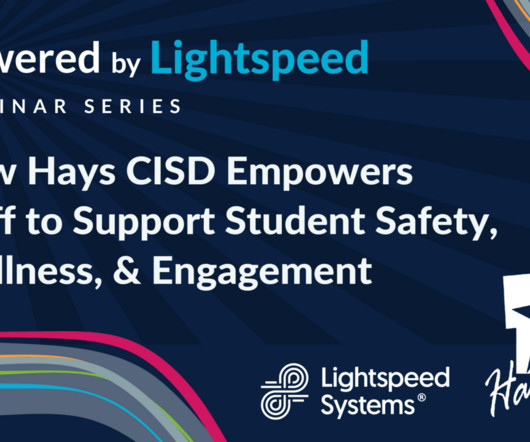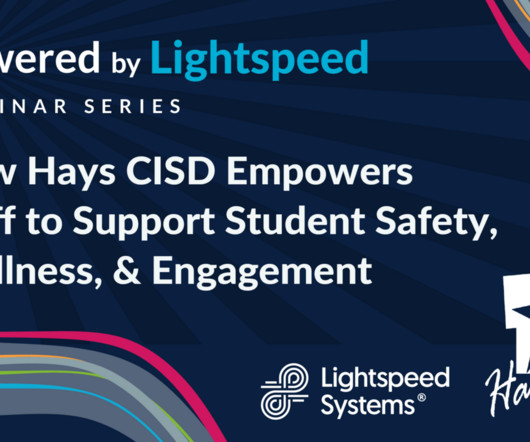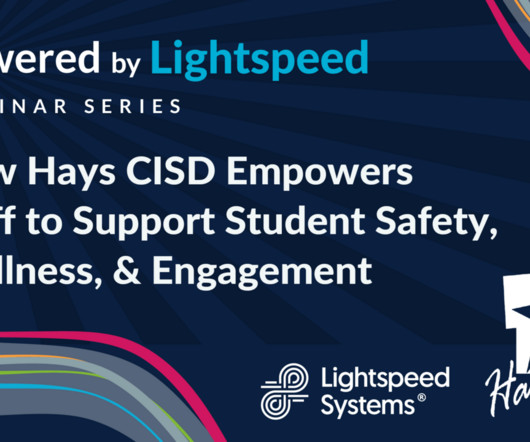Revised Federal Edtech Plan Calls for Closing Digital Divides
Edsurge
FEBRUARY 26, 2024
The plan separates technological divides — barriers that block some students from full participation — into access, design and use. Ultimately, some hope this plan will move the conversation beyond what access students have to tech and toward discussion about how effective that tech actually is in learning.
































Let's personalize your content